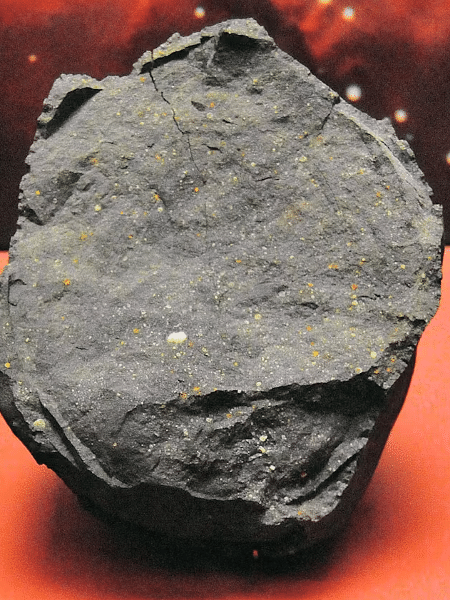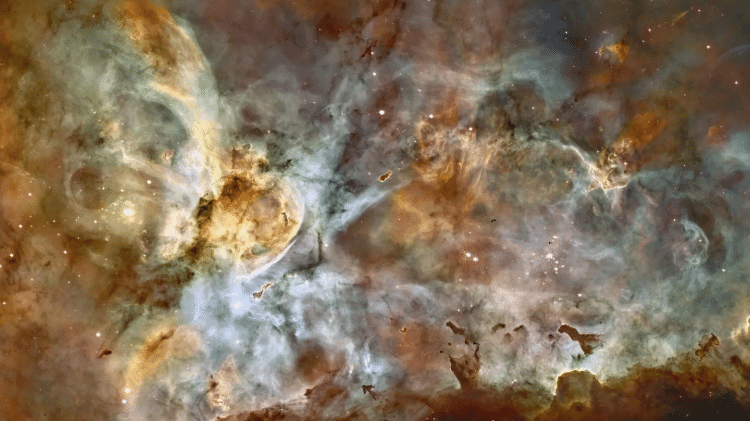
Scientists investigated the physical properties of the grains to determine their origin. Carbon has two stable isotopes, ¹²C and ¹³C, and their weights vary slightly from each other. The ratio between these isotopes is almost unchanged by processes occurring in the solar system, such as evaporation and condensation. In contrast, Nucleosynthesis processes in stars It causes the ¹²C/¹³C ratio to vary from 1 to over 200,000.
If these grains originated in the solar system, the ¹²C/¹³C ratio would be 89. The ¹²C/¹³C ratio of the grains in this image is about 55.1, which attests to their stellar origin. Along with other information about the grains, reason tells us that these grains formed in a type of star called asymptotic giant starThe star was at the end of its life cycle when it profusely produced and ejected dust into space more than 4.6 billion years ago.

Scientists have found other types of pre-solar grains in meteorites, including: diamond, Graphite, Oxides and silicatesPre-solar grains, like the one pictured, help researchers understand nucleosynthesis in stars, the mixing of different regions in stars and stellar ejections, and how the abundance of elements and their isotopes change over time in the galaxy.![]()
Sachiko AmariResearch Professor of Physics, Arts and Sciences at Washington University in St. Louis



![[VÍDEO] Elton John’s final show in the UK has the crowd moving](https://www.lodivalleynews.com/wp-content/uploads/2023/06/Elton-John-1-690x600.jpg)

More Stories
What ChatGPT knows about you is scary
The return of NFT? Champions Tactics is released by Ubisoft
What does Meta want from the “blue circle AI” in WhatsApp chats?